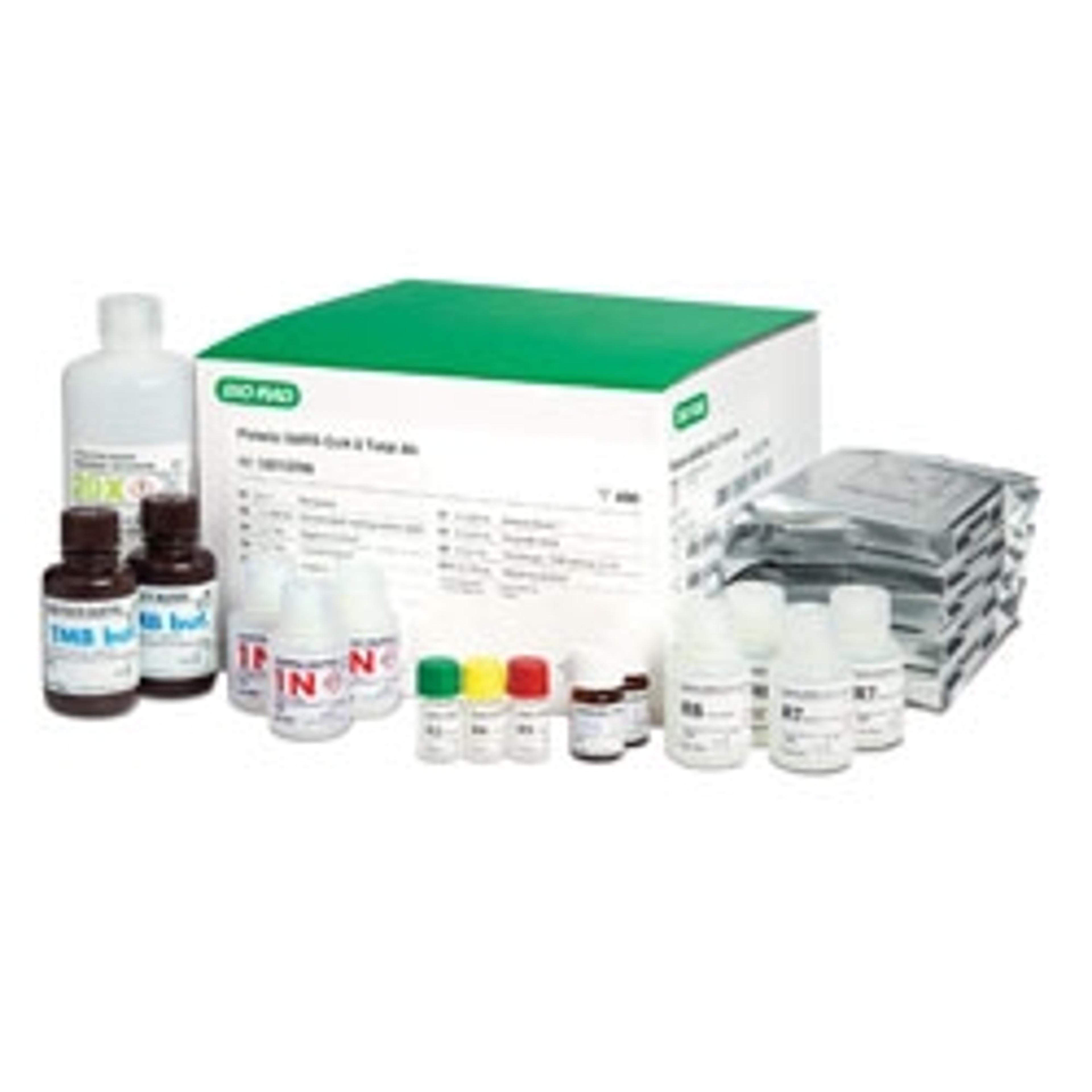Serological testing for assessing individuals’ adaptive immune responses
Exclusive interview with infectious diseases expert on the development of new assays including those for SARS-CoV-2
19 Oct 2020

Bio-Rad Laboratories Inc. has long been a global leader of clinical diagnostic products, more recently by the provision of a wide range of best-in-class solutions for COVID-19 diagnosis, antibody detection, and vaccine development. One of the key experts behind these innovations is Jean-François Mouscadet, Associate VP of Clinical Diagnostics for infectious disease and immunohematology. Together with the R&D team located in Marnes, France, Mr. Mouscadet oversees all development for new assays in the infectious disease category, including those for SARS-CoV-2.
In this exclusive interview with SelectScience, Mouscadet discusses how serological assays allow scientists to assess the immunological status of individuals, emphasizes the growing importance of serological assays as a complementary SARS-CoV-2 diagnostic tool, and explains how these assays can be used to characterize the immune response in high-risk communities.
The importance of serological testing in clinical diagnostics
There are currently two main diagnostic methods to detect the SARS-CoV-2 virus. The first is molecular methods, which are designed to detect the presence of the virus from a nasopharyngeal sample. These molecular assays are able to yield results using either isothermal nucleic acid amplification or RT-PCR, but come with significant drawbacks when used alone. These types of tests need to be performed while the virus is still replicating within the body, which is usually at the onset of symptoms and shortly after. It is estimated that PCR tests can result in a high rate (up to 30%) of false-negative results. This decreased sensitivity can notably be caused by a low viral load in the nasopharyngeal specimen, by inappropriate sample collection, or by a technical issue. This presents a significant risk to public health, negatively affecting the surveillance of the virus.
To address the shortcomings of molecular diagnoses, serological assays are often used as complementary tools to assess immunological responses to infection. Using blood samples, these serological tests can detect the antibody response to infection, usually generated at around five days post-infection. Mouscadet states that, “Serological assays are hugely important due to their high sensitivity, enabling them to detect all infected or previously infected individuals.” These conclusions are vital as they provide key information to identify ‘at risk’ individuals within the general population, versus individuals who have acquired immune protection from previous infection. Using the information provided by such assays, it may be possible to determine the viral prevalence and rate of infection within a given population.
The versatility and flexibility of a total antibody open assay
Serological assays measure antibodies. After infection, an immune response to the pathogen occurs with one aspect being antibody production, of which three main antibodies are produced: IgM, IgA, and IgG. Serological assays can determine the stage of infection based on the type of antibody detected. Therefore, antibody-specific serological tests run the risk of offering only a partial view of infection, as antibodies can be missed depending on the timing of the test. For example, the detection of IgM confers a recent infection, as IgM antibodies are the first to be produced post-infection and gradually decline as the disease progresses.
The Bio-Rad Platelia SARS-CoV-2 Total Ab assay provides antibody detection for IgA, IgM, and IgG. Mouscadet explains that, “This capability increases the sensitivity of the assay by detecting a higher percentage of positive tests than antibody-specific tests.” Additionally, “Bio-Rad has reported the ability to detect positive individuals as early as five days after the onset of the symptoms, which may not be detected with IgG-specific tests alone.”
Another key aspect of this serological assay is high specificity. Mouscadet shares that the specificity of a serological test is measured by its ability to only detect antibodies against the SARS-CoV-2 and not those produced against other viruses. Mouscadet clarifies that, “This limits confounders and prevents false-positive results to ensure accurate measurements of viral activity within a population.” Furthermore, “High specificity also ensures that infected individuals are identified for treatment and surveillance purposes to limit the spread of the virus.”
Mouscadet states that scientists can gather accurate information about the types of antibodies produced, due to the specificity of the Bio-Rad Platelia SARS-CoV-2 Total Ab assay to the N-protein (nucleocapsid). He adds that large amounts of N-protein specific antibodies can be generated in response to infection, whereas S-protein specific antibodies are expected to be generated upon administration of vaccine candidates when they become available. This difference may enable researchers to distinguish between a vaccine-generated immune response and an immune response from a real infection.
Mouscadet affirms that the Bio-Rad Platelia SARS-COV-2 Total Ab assay is an open assay. “Providing an open assay increases its accessibility and allows users to perform tests on their self-validated platforms they already have without having to purchase additional expensive software platforms.” This means increased versatility, flexibility, and value for their money when compared to other available serological assays.
The future of serological testing
Mouscadet states that, “It is very hard to predict the future, especially in terms of COVID-19.” He adds, I think we can expect that the virus will start to recede for different reasons.” His prediction is that the increasing reliance on data will indicate whether the developed vaccines are working effectively, and highlights that the best way to gather the required information is through the use of serological assays.
In the future, we will need more information regarding the immunological status of populations, and for this, serological assays will become even more important.
Jean-François Mouscadet Associate VP of Clinical Diagnostics for infectious disease and immunohematology
Want to hear more of the latest in COVID-19 research? Visit our extensive COVID-19 Special Feature here>>

